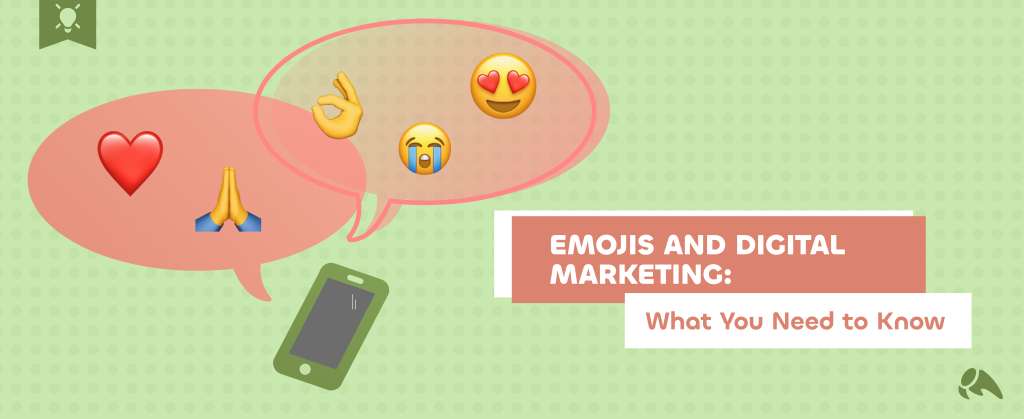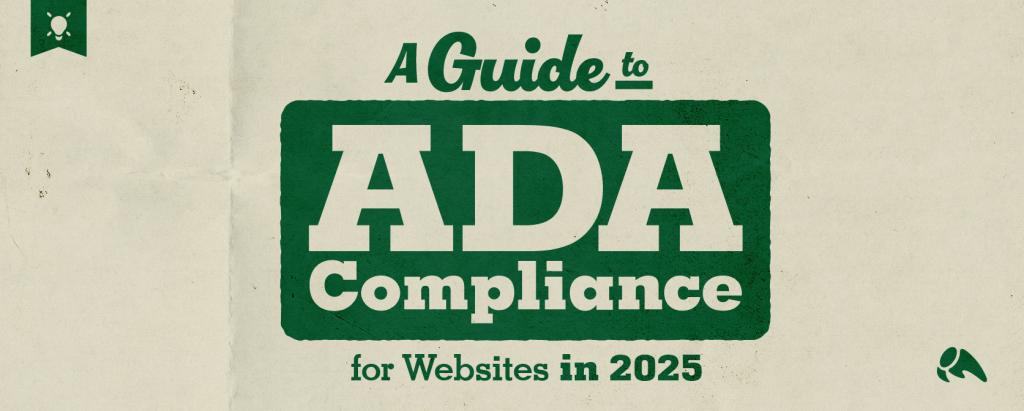
Did you know that 2023 marks the 10th anniversary of World Emoji Day (July 17)? While it’s an unofficial holiday, as marketers, it’s a great time to look at emojis and their role in digital marketing. They can add fun to social media posts, personality to an email subject line, or even express thought better than words. But there are certain best practices we need to keep in mind. Let’s dive in!
Why use emojis in digital marketing?
Most of us use emojis in our everyday lives – texting friends and family, responding to work chats, or posting in social media captions. Emojis have a lot of use for digital marketers, too. They can enhance the relatability of your brand, provide context to your messaging, and tap into the deeper emotions of your audience, fostering a stronger connection. They are also great at boosting engagement. Let’s look at some stats:
- Facebook posts that incorporate emojis receive a 57% increase in likes and a 33% boost in comments and shares compared to posts without them. (Source: Hubspot)
- Tweets that include emojis experience a 25% higher engagement rate compared to tweets without them. (Source: Wordstream)
- Using emojis on Instagram boosts engagement by 48%. (Source: Quintly)
- Almost half (46%) of young adults aged 18-29 think it’s okay to use emojis in emails and other forms of communication. (Source: SurveyMonkey)
Emojis and accessibility
Emojis and accessibility are especially important in the context of social media marketing. Social media accessibility is all about making social media content and posts that are easy to use and inclusive for everyone, including you as the marketer. Everyone should be able to access, consume and understand your content regardless of cognitive or physical abilities.
A great free resource for learning about accessibility and social media is the website Accessible Social, created by Alexa Heinrich – an accessibility advocate and social media strategist. She provides tips for using emojis to ensure your content is accessible. Remember each emoji has its own description (known as alt text) assigned to it, which is the most important thing. If someone uses an assistive device or program to read content, the device/program reads emojis as their assigned descriptions.
To summarize, here are some critical points from Accessible Social for using emojis in content:
- Don’t use more than one emoji in a row, especially not the same emoji.
- Limit the use of emojis in your post. One or two can work for visually impaired users, but too many can take away from the meaning of your content.
- Double-check the meaning of the emoji. Emojipedia is a great source.
- Don’t sprinkle emojis throughout the post copy. Use them at the end.
- Don’t change the skin tone of the emoji – use the default yellow.
So while this emoji-laden tweet from Goldman Sachs was lauded as creative, it’s not following best practices for emojis and accessibility.
How #millennials‘ life choices will reshape the #economy: http://t.co/GDzFHl9f8w 👦+📚=🎓➡🚫👔↪🏠👪🔙🕑🕒🕓🕖🕗🕙💼👔💏💍🏡👶
— Goldman Sachs (@GoldmanSachs) March 6, 2015
Emojis and translation
It’s essential to pay attention to cultural differences and alternate meanings of emojis. About 90 percent of the world’s online population uses emojis! (Insert “Face with Open Mouth” emoji here 😮) According to LinguaLinx, a language services provider (LSP) and fellow Upstate New York-based business, it is necessary and essential to translate emojis into other languages when localizing your marketing content for global markets.
Quick tips for marketers include:
- Keep emoji use simple in marketing content if you’re planning on translating it into different language markets. Use a single emoji for meaning and not a combination. They cite the example of 😷💪, which can represent sickness and getting better, but can be interpreted by French Canadians as “bicep implants” and by Arabic translators as “my armpits are smelly.”
- Double-check what the emojis you’re using mean in other languages. (For example, the thumbs-up emoji is interpreted as vulgar and offensive in person and in emoji in both Greece and the Middle East.)
- Ensure the LSP you partner with has a good post-editing and Quality Assurance (QA) process that will run tests and eliminate any issues with translation software that doesn’t recognize emoji characters. (If they don’t tell you – ask them!)
Emojis and social media marketing
Social media managers like to use emojis for social media content to make it more fun and boost engagement. First and foremost, remember to keep accessibility in mind. Along with that information, here are some tips for using emojis in your social media content strategy:
- Remember, emojis won’t replace good copy. Emojis complement good copy. Use them as a finishing touch, but don’t rely on them.
Consider your audience and whether or not they understand emojis. If your audience is predominately Millennials and Gen Z, they’re more likely to understand and respond to emojis versus Boomers. - Emojis can humanize your brand and make your social media content relatable to consumers. Feel free to strategically sprinkle emojis into your messages to help express those tricky-to-convey emotions that text alone might struggle to capture.
- Use emojis to boost engagement with followers. Examples include:
- Asking your followers to agree or disagree with a statement using the 👍🏼 or 👎🏼 emoji.
- Asking your followers to answer a question using their favorite emoji.
Emojis and email marketing
Emojis are also used in email marketing, especially in subject lines and preheaders, but also in body copy. Here are some tips to keep in mind:
- Always test how your email with emojis will look across all the major devices and operating systems.
- Make sure your emoji use is relevant and that the emojis you use complement your overall message and are related to your subject line.
- Don’t use too many emojis. They are not always needed in your emails and subject lines, and too many can be overwhelming and confusing.
Remember, there are many studies out there that using emojis in the subject lines of emails increases their performance. Test and learn with your subject lines to gauge what’s working and what’s not.
TLDR: General tips for using emojis in digital marketing 😀
- Make sure emoji use in your marketing strategy aligns with the tone of your brand.
- Try not to overuse emojis. Remember, everything is fine in moderation.
- Don’t use an emoji if you don’t know what it means.
- Consider emojis as a decoration or embellishment or tool for highlighting ideas rather than a primary mode of communication. Don’t use them to replace important words. It can skew your content’s meaning.
- Start by selecting a few emojis that you can associate with your brand. Shout out to Taco Bell for taking this one to the next level a few years ago!
Don’t cry. There’s still hope for a taco emoji. Sign the petition here: http://t.co/RZfjkW2FPq. pic.twitter.com/s7HiEWcnDr
— Taco Bell (@tacobell) January 28, 2015
Emojis have become essential in digital marketing. They enhance engagement, foster relatability, and can make content more memorable. Understanding their impact is crucial for effective communication with today’s tech-savvy consumers via email, social media, and elsewhere online. Embrace the power of emojis to amplify your digital marketing efforts – just as long as you consider your brand, accessibility, and the ability to translate your content to different languages and cultures.







